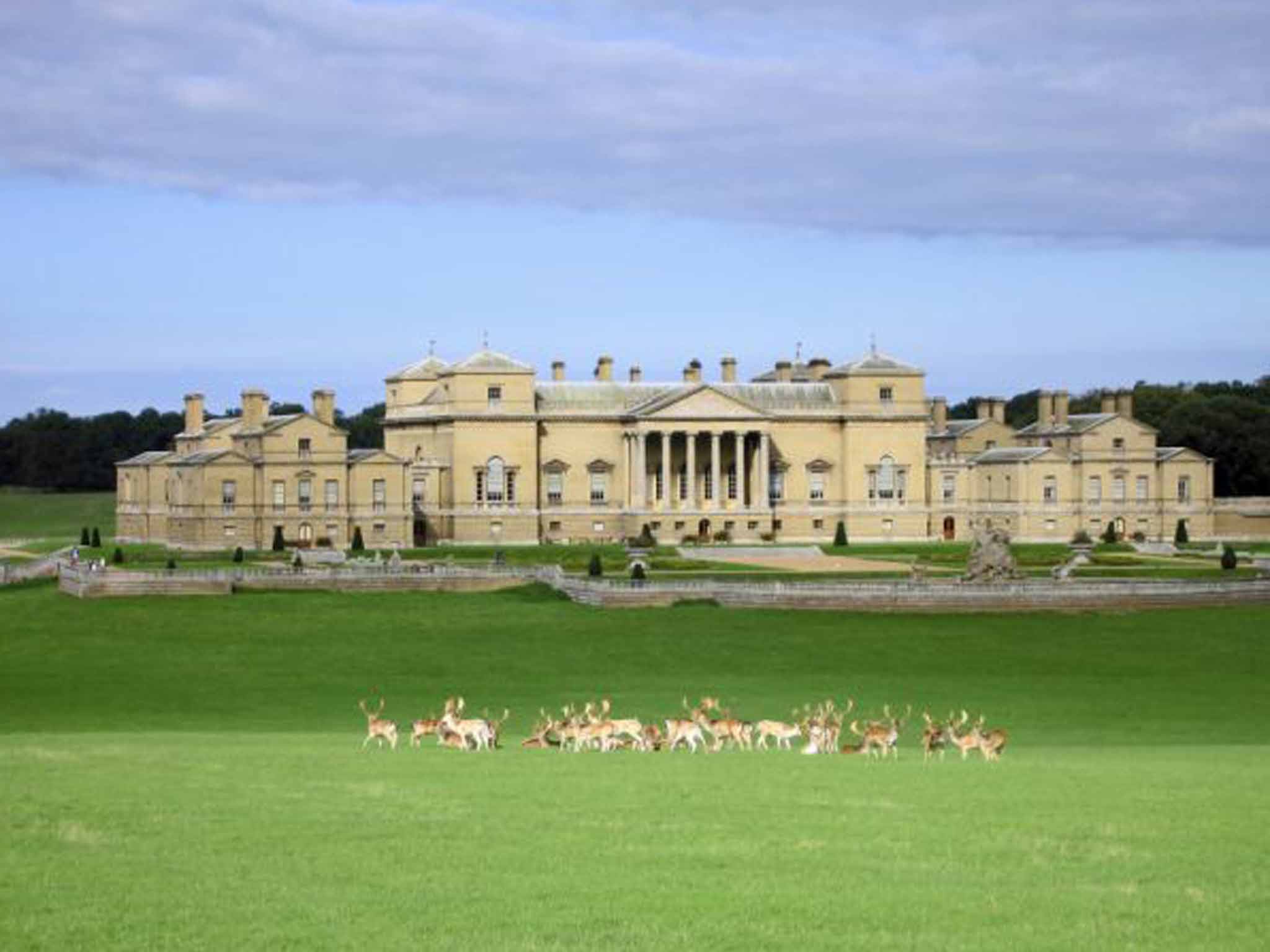The north Norfolk coast is a haven for wildlife in autumn: Wildlife Weekend
September is the prime period for oddities from distant climes, such as pectoral sandpipers

As the boat throttles round the shingle spit, you encounter a beach packed with sunbathers: harbour and grey seals. Several hundred blubbery marine mammals reside here. There may be no better way to watch both species than from aboard a small vessel in Blakeney Harbour. Excitement mounts as you approach the shoreline. While it is a little early for breeding grey seals (November and December are best) there may still be some harbour youngsters around.
Boat trips are short, so there is plenty of daylight left to explore the coast. Head first to nearby Cley Wildlife Trust reserve. On the various muddy scrapes, your focus is the freshwater waders. Examine scurrying flocks of dunlin for little stints and curlew sandpipers. Enjoy loose groups of ruff stuttering through the shallows. Witness hordes of black-tailed godwit and stately greenshanks striding in deeper water. And double-check any shorebird you do not recognise: September is the prime period for oddities from distant climes, such as pectoral sandpipers.
Finish the day at Sculthorpe Moor, a splendid wooded fen near Fakenham. Bank voles commonly pilfer grain spilt below the bird table at Fen Hide. Harvest mice and shorttailed field voles are sometimes seen, and the feeding rodents may entice weasels and stoats into the open.
Dykes and drains are the domain of water voles, and the lucky few even occasionally encounter water shrews.
Spend the next morning at Holkham Meals. Your prime target is migrant landbirds. You have decent prospects of scarcities – robins and blackbirds will be joined by red-breasted flycatchers, flocks of tits, goldcrests and yellow-browed warbler, a delightful Siberian waif.
As you wander, look for fabulously named fungi. This is peak season for bonnets and brackets, tufts and toughshanks. Search hard for death cap, common stinkhorn and collared earthstar. Finally, make time to regale in the marvellous, massive expanse of beach at Holkham Gap.
Once your walk is complete, drive inland to Holkham Hall. Strolling the grounds of this country estate are feral herds of fallow deer (and a small group of red deer). September is the most important month in the fallow deer calendar: the rut. The prize for dominant males is a harem through which to secure a succession.
This is an edited extract from 52 Wildlife Weekends by James Lowen, published by Bradt. IoS readers can buy a copy for just £7.79 (inc UK p&p) by visiting bradtguides.com and using the discount code 52WW. Offer valid until 31 January 2015.
Join our commenting forum
Join thought-provoking conversations, follow other Independent readers and see their replies
Comments